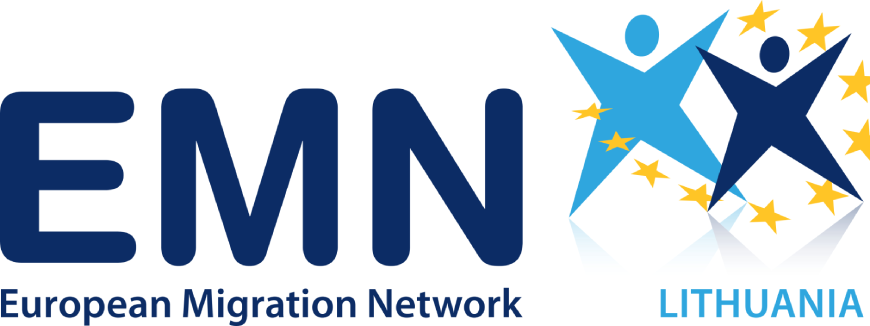Until 2016 information about professions of foreign workers was based on work permits. Legal changes were implemented in 2017 which facilitated admission conditions for workers who have a profession in demand in Lithuania.
These workers do not need to obtain a work permit. Therefore, information regarding professions of foreign workers is based on decisions to issue a temporary residence permit and/or national D visa on the ground of employment for foreigners who have a profession in demand in Lithuania.
In 2022, majority of foreigners who arrived on the ground of employment had a profession in demand in Lithuania. The highest number of foreign workers were drivers of international freight transport vehicles. However, welding, concrete, plastering and bricklaying professions increasingly gained popularity in the past year.
Lithuania has two lists of professions in demand:
- The List of professions in demand is approved annually by the Employment Service. In 2022, 163 professions were included into the list (i.e., international freight vehicle driver, welder, concreter, etc.).
- The List of professions in demand requiring high professional qualifications approved by the Lithuanian Government. In 2022, 67 professions were included into the list (i.e., software testers, software developers, graphic designers, etc.).








